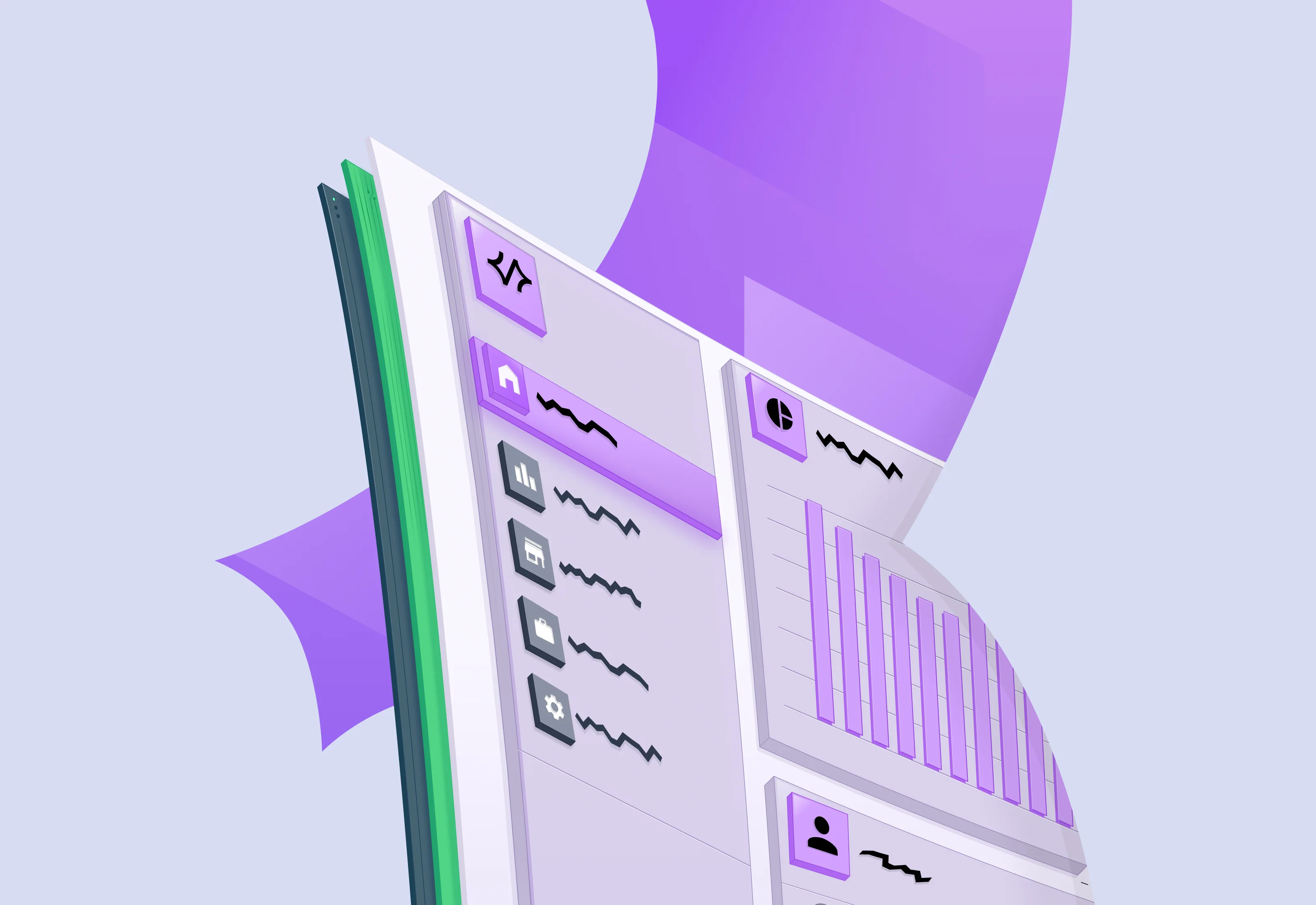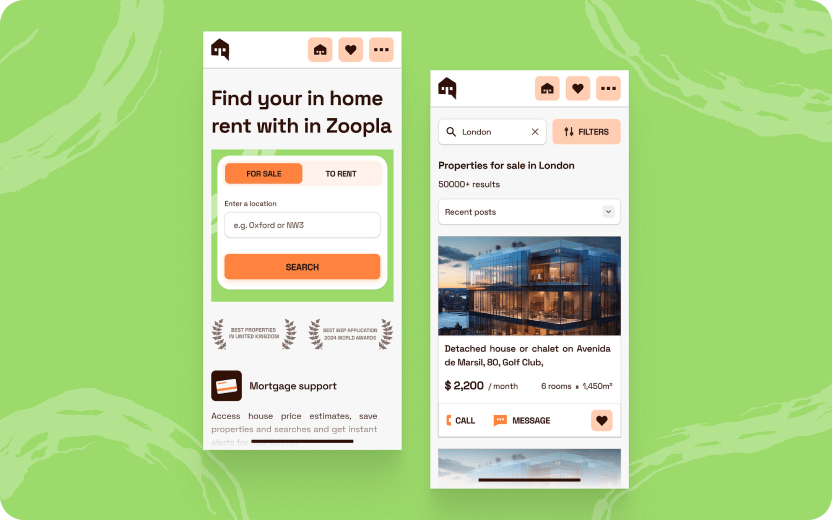Understanding the Various Types of Website Design
In the dynamic web environment, the appeal of your website will mainly be derived from its design. It's not only that it adds appeal to the site but also functionality and user experience. Every website is different and, therefore, needs to have different design requirements that serve its purpose and resonate with its target audience.
Various web pages designs are available, each differing in its specifics and purpose. From static layouts to dynamic and responsive designs, it is essential to understand different types of web pages and their characteristics so that you can make the perfect choice for your site. This article will guide you through the various kinds of website design available. It will highlight the most important features and functionalities so you can make an informed decision.
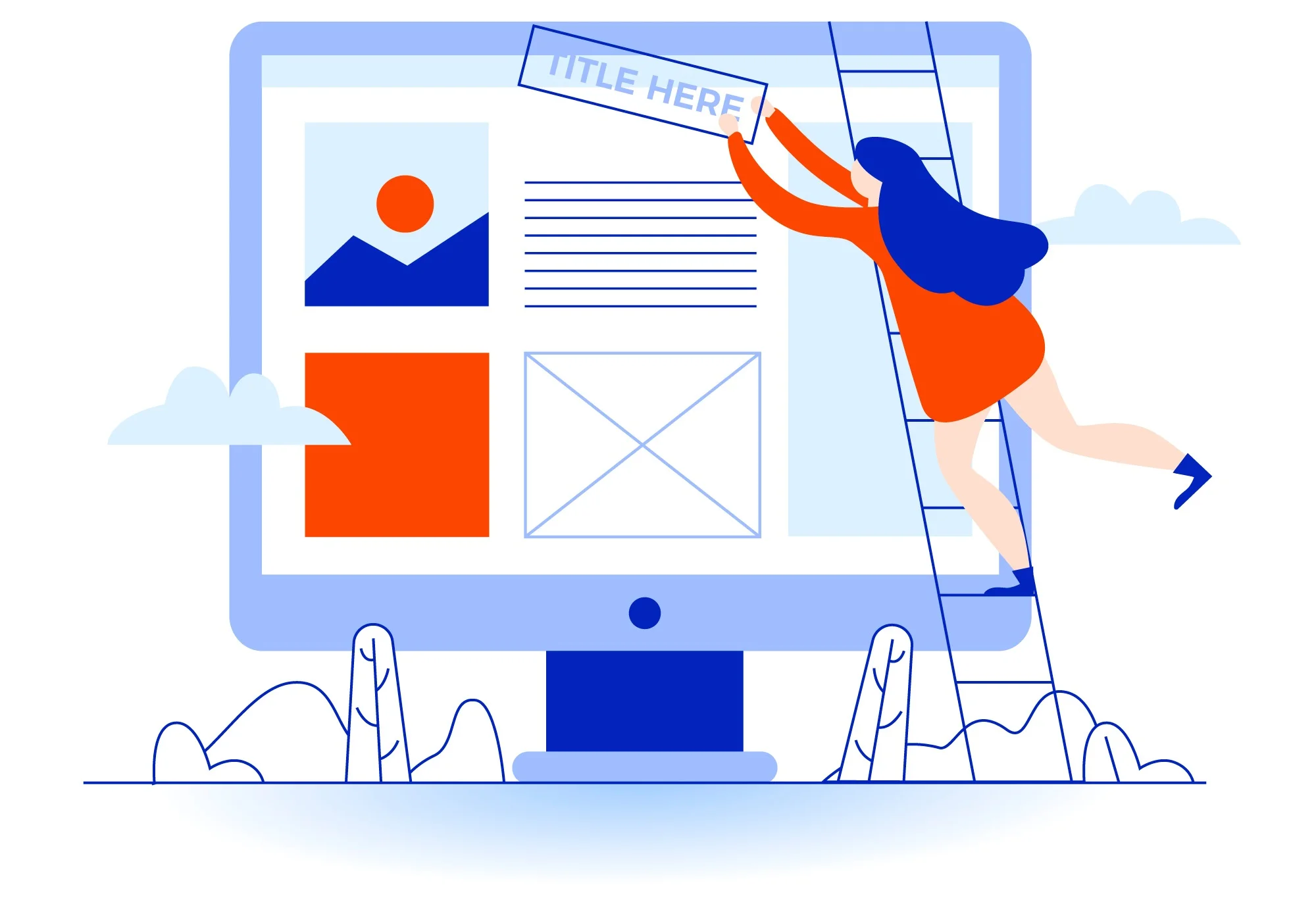
How Web Design Impacts User Experience
Your website design has a strong bearing on how users interact with your content; hence, it can directly influence their overall experience. A thoughtfully designed website can make browsing your site a breeze, while a poorly designed one could shoo visitors. Thus, selecting the right design is very important for effective user engagement and satisfaction in the achievement of business goals. Different kinds of page designs offer different benefits, and it is essential to choose one that fits your objectives.
Here are the key reasons why the right design is essential for user experience:
- First Impression: A stunning design captures attention at once, dictating the tone of the user's tour.
- User-Friendly Navigation: Clear and intuitive navigation leads users to what they need without being frustrated and enhances their overall experience.
- Device Compatibility: Responsive designs ensure your website performs well on all devices, from desktops to smartphones.
- Load Times: Fast page loads ensure that users never get bored, it reduces bounce rates and improves overall satisfaction.
- Accessibility: Inclusive design practices make your website usable for everybody, including those with disabilities, expanding your audience.
By knowing how different types of page designs make a difference in user experience, you will have a site that not only looks good but also functions seamlessly, assuring you of positive interaction with each visitor.
Detailed Overview of Web Page Design Types
The design you pick for your website is the key to success. Each type of web page design presents distinguishing features and advantages to different users and purposes. Knowing the various options available and how they correspond to the goals is crucial.
This comprehensive overview shows different kinds of sites and their respective designs. Each type is highlighted with features, benefits, and disadvantages. By the end, you will understand what design will perfectly suit your website and give the best user experience.
Static Page Layout
The static page layout is one of the most basic and simple forms of web design. It is fixed on the website, meaning that the content and layout do not change, no matter which device or browser a user is on. In this type of layout, the content is only created once the user goes to a certain webpage. These types of layouts are pretty simple in nature, using basic HTML and CSS.
Pros:
- Simplicity: Easy to design and implement, making it ideal for those with limited technical skills.
- Cost-Effective: Requires less time and resources to develop compared to more complex designs.
- Speed: Generally faster loading times since the content is pre-determined and does not change dynamically.
Cons:
- Lack of Interactivity: Offers minimal user interaction, which limits site engagement.
- Inflexibility: Does not adapt to different screen sizes or devices, so visitors on mobile devices may have a bad experience.
- Maintenance: Any updates or changes require manual editing of the code, which can be time-consuming.
Suitable for: Static page layouts would be used for informational sites where the content stays mostly the same. Examples include portfolios, business brochures, and landing pages. They are for projects where simplicity and low cost are paramount, and user interaction is not required at all.

Liquid Design Layout
The liquid design layout, also known as fluid design, is a flexible and adaptive approach to web design. This layout uses percentage-based widths and lets the content stretch or shrink based on the size of the browser window. It differs from fixed layouts in its ability to keep the website uniform across a wide range of devices and screen sizes.
Pros:
- Flexibility: Adapts to different screen sizes and provides a consistent user experience.
- Content Visibility: No chance of content being cut off, regardless of the device used to access it.
- User-friendly: This can make the site accessible on a wide range of devices, enhancing user experience.
Cons:
- Distortion chance: This can lead to stretched or squished content if not designed with care.
- Complexity: Implementation requires a higher level of CSS knowledge.
- Maintenance: Continuous testing on different devices needs to be done for the sake of performance.
Suitable for: The liquid design layouts would be ideal for websites whose accessibility on a wide variety of devices is essential without compromising content visibility. This will include blogs, news websites, and educational websites for which readability and accessibility are of utmost importance.
Adaptive Website Design
Adaptive website design uses multiple layouts for different screen sizes. Using the CSS media query, the website detects the device a user is using and then loads the suitable layout. This provides an optimal viewing experience across many devices.
Pros:
- Device-Specific Optimization: Tailors the user experience to the specific device, thus enhancing usability.
- Flexibility: It offers a more controlled and tailor-made design for each screen size.
- Performance: It can improve the loading time by loading only the elements that are necessary for a particular device.
Cons:
- Development Time: It requires creating multiple layouts, which is time-consuming.
- Maintenance: It is complex to update the site because changes in one must be reflected in multiple versions.
- Inconsistencies: It may lead to slight differences in user experience from one device to another.
Suitable for: Adaptive website designs are suitable for e-commerce sites, online services, and applications where a tailor-made experience is necessary. It is beneficial for sites whose users have a varied base in accessing the site from different devices.
Dynamic Website Layout
Dynamic Website Layouts represent an interactive and engaging user experience through the delivery of content that can change and adapt according to user interaction. Dynamically designed websites are usually created with highly advanced languages, such as PHP, JavaScript, and ASP, to provide a responsive and dynamic environment.
Pros:
- Interactive: Engages users by providing interactive elements and personalized content.
- Functional: Provides support for complex features and functionalities, such as user accounts, content management systems, and real-time updates.
- User Engagement: As a result, users have a better experience from the websites adapting to users' inputs and preferences.
Cons:
- Complexity: More complex to develop and maintain than static sites.
- Load Times: It may take longer to load as the dynamic content is generated.
- Cost: Generally requires more resources and higher costs to develop.
Suitable for: They are better suited for eCommerce sites, social media, and websites requiring user input and dynamic content. As such, they would be ideal for businesses that require dynamism in their content to engage users.
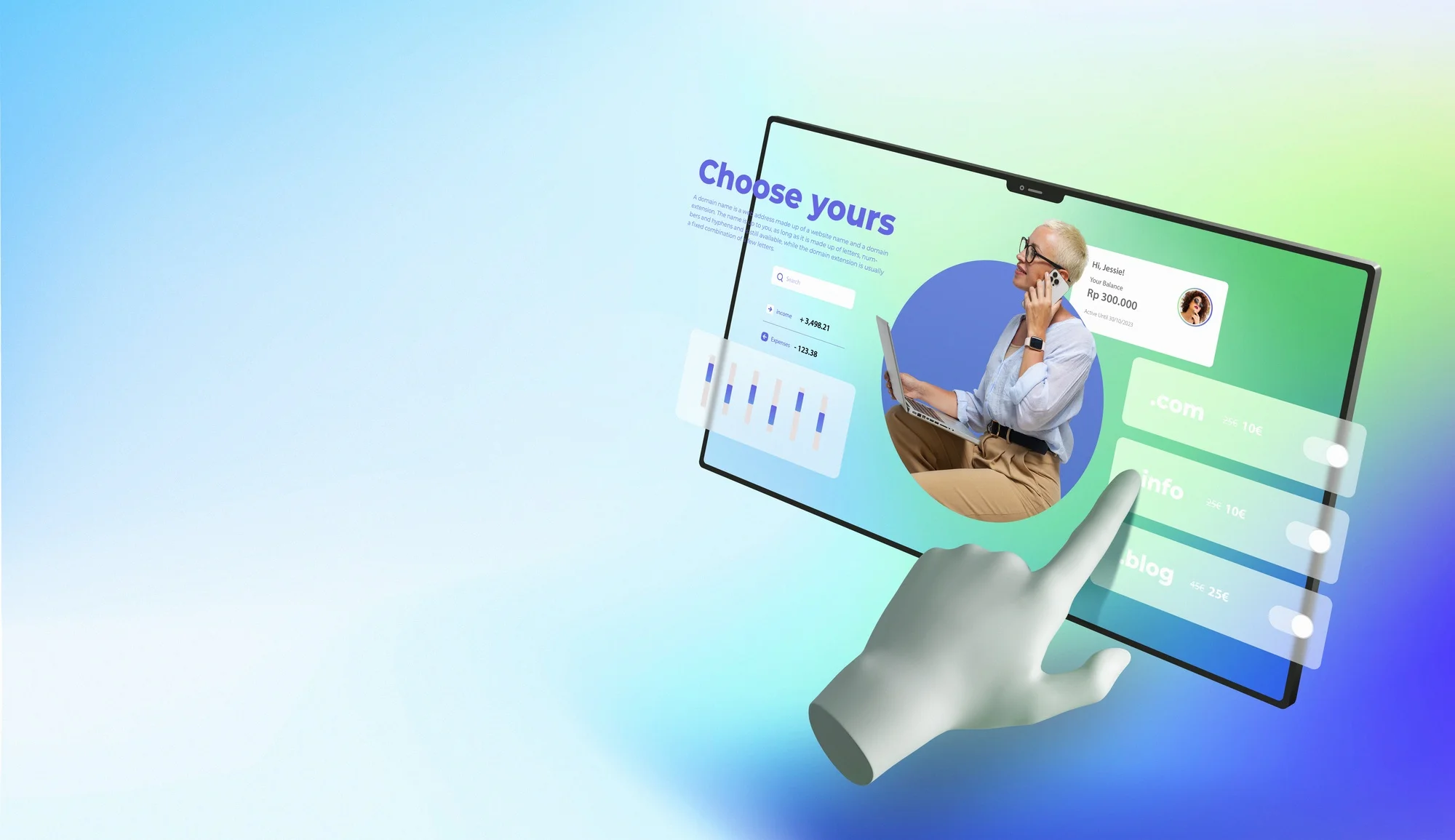
Responsive Design Layout
Responsive design layout is one of the most popular web design approaches today. It ensures that the website looks amazing across all screen sizes and devices. It uses flexible grids, images, and CSS media queries for a fluid and responsive interface.
Pros:
- Versatility: Looks great on all devices, from desktops to smartphones.
- User Experience: It gives a consistent and pleasurable experience across all platforms.
- SEO advantages: Google favors mobile-friendly sites, so this could improve search engine rankings.
Cons:
- Development time: Responsive design can take some time to design and implement.
- Complexity: Responsive websites require higher expertise in CSS, which is complex.
- Performance: In some cases, the site may load slowly.
Suitable for: A responsive design layout is best for blogs, corporate websites, and online stores, as they need to ensure a perfect user experience on all platforms. In a nutshell, it will be very useful for sites that have a higher percentage of views from mobile devices.
Single Page Layout
As the name implies, a single-page layout puts everything on one page. Users scroll or click jump links to other areas of the page. This layout is often used for portfolios, product pages, and landing pages where a concise and streamlined presentation is needed.
Pros:
- Simplicity: Easy to navigate with all information on one page.
- Focus: Information is presented in a linear flow, keeping users engaged and focused.
- Load Times: Pages, in general, are loaded pretty fast because only one page needs loading.
Cons:
- SEO Limitations: It may affect search engine optimization because of limited content.
- Scalability: It isn't a good option for sites that require many pages and lots of content.
- Navigation: It could overwhelm the visitor if there is too much information packed into that one page.
Suitable for: A single-page layout is best for portfolios, product showcases, and landing pages because the intention is a concise, engaging, and visually exciting experience. It's the best option for sites with a clear and focused message.
Knowing different website design styles can help one develop an effective and interactive website. Every style has features and benefits that meet one's needs and objectives. Choosing the right design can help improve user experience and guarantee accessibility. All in all, the correct design of website will help you make your business goals a success and leave a lasting impression on your visitors.
Determining the Best Types of Website Designs for Your Needs
It is very important to choose the right website design for your particular business and to provide an optimal visitor experience. Static page layouts are perfect for informational sites, as they are simple in nature and low maintenance. Dynamic layouts are ideal for e-commerce and social media sites, as they require interactive and customized content.
If you need flexibility in a layout that accommodates a variety of screen sizes, responsive and fluid designs are best, as they will make a website look good on any device. Single-page layouts are perfect when you need a streamlined, focused presentation for sites such as portfolios and product showcases. With knowledge of the various web pages designs and their best applications, you will be able to pick the most efficient design to enhance your website's performance and visitor engagement.
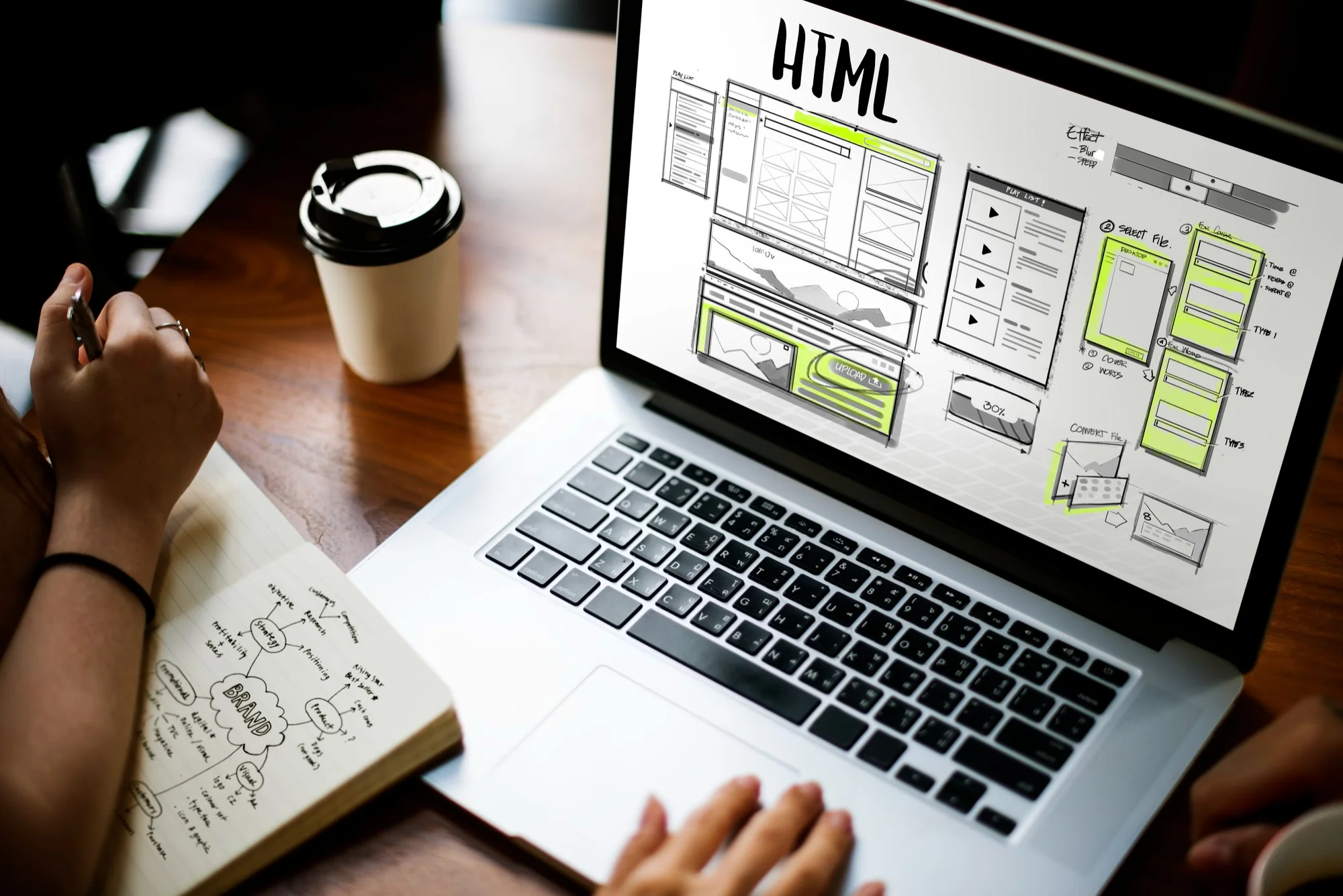
Maximizing Your Website's Potential with the Right Design
Choosing the right design can make or break your website's success, depending on your business goals and user expectations. With many types of website design styles, it is important to ascertain the one that will best display your content, capture the interest of your audience, and engage them. Whether you are developing a simple, static website of information, an interactive online store, or a stunning portfolio, your design choice can make all the difference.
You can explore the different types of website design to have a website tailored to your specific needs, with a smooth user experience across all devices. Every style of design, from static to dynamic, responsive to adaptive, bears distinct features and advantages. Thus, a well-informed choice will allow you to enhance usability and engagement for the achievement of better outcomes for your business. Each of these styles bears a special status, and understanding these designs is the first step toward maximizing your website's potential.
